- Write by:
-
Tuesday, October 24, 2023 - 23:12:45
-
136 Visit
-
Print
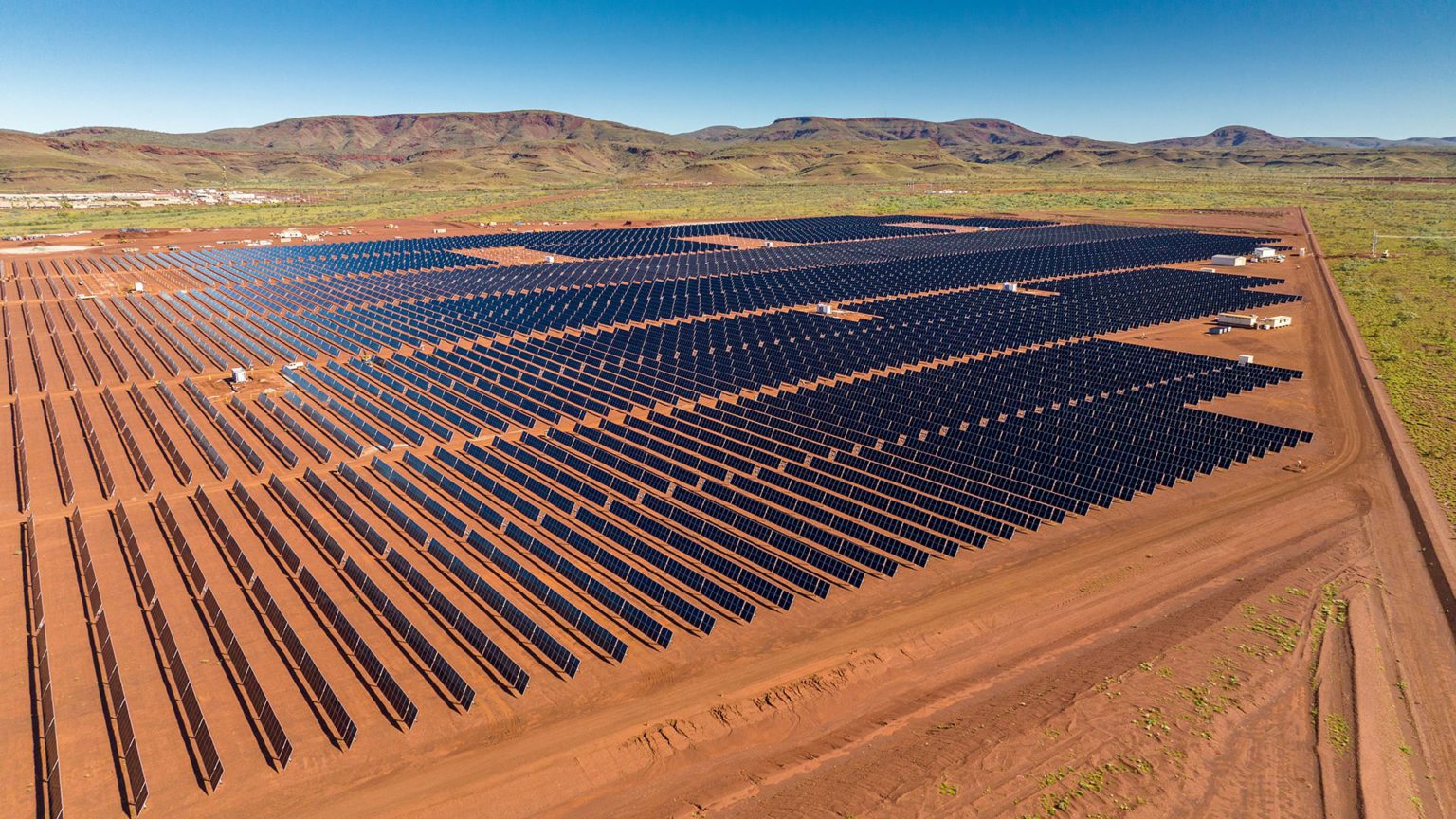
Mining News Pro - In the red, dusty outback of the Pilbara in Western Australia, the world’s biggest iron ore miner Rio Tinto is preparing for a low carbon future as it maps out new sources of the raw material to ship to the world’s steelmaking industry.
Rio Tinto’s newest mine, Gudai-darri, has ramped up production over the past year to play a key role in its plans to hit record production, while it halves carbon emissions from its own operations by 2030.
Seen from the air, Gudai-darri sits amid scrubland and rocky outcrops winding through the outback that is home to the shelters and aquifers that have been part of the lives of Indigenous Australians for tens of thousands of years.
Rio Tinto hosted media to Gudai-darri’s mine, plant and 34 megawatt solar farm last week, as well as its Dampier port and rail operations. It showed off its newest automation, including self-driving water trucks that dampen dusty roads and a robot that checks on a 5 km (3 miles) iron-ore conveyer belt for preventative maintenance.
Rio executives also flagged steps they are taking to better protect Aboriginal heritage, set down in the wake of its 2020 destruction of rock shelters at Juukan Gorge.
Those measures include stricter blast monitoring and buffer zones and a co-management model with the traditional owners of the land. At Gudai-darri, Rio will not mine below the water table in order to conserve an aquifer important to the Banjima people.
But Gudai-darri is just one in Rio’s network of 17 iron ore mines linked by 1,900 kms of rail across a vast red plains at the heart of Australia’s most valuable export industry. Iron ore exports were worth A$124 billion ($78.79 billion) last year.
Earlier this month, Aboriginal elders walked off a heritage survey on a Rio Tinto iron ore project over concerns it had played down the harm it caused them after blasting impacted an Indigenous rock shelter in August.
Rio, which began shipping iron ore in 1966, shares the region with other iron ore majors including BHP Group and Fortescue.
As Rio prepares to meet its 2030 targets, it estimates that it needs to build 600-700 megawatts of solar power to displace gas. It last week struck a land access deal for more renewable energy and plans to lower diesel consumption, starting with piloting battery-powered haul trucks and trains in 2024-2025.
Rio expects to ship up to 338 million tons next year from the Pilbara before pushing on to records of 340-360 million tons over the next few years, accounting for around a third of total shipments from Australia, the world’s largest supplier.
Short Link:
https://www.miningnews.ir/En/News/627563
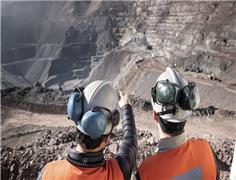
Anglo American Plc said it is has received an unsolicited non-binding combination proposal from BHP Group.
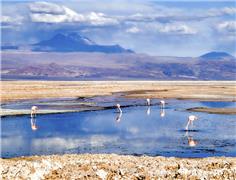
Chile’s state copper company Codelco defended its proposed lithium production tie-up with SQM in response to criticism ...
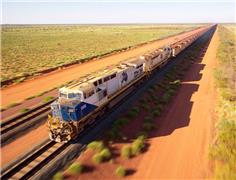
Australia’s Fortescue on Wednesday logged a larger-than-expected decline in third-quarter iron ore shipments, following ...
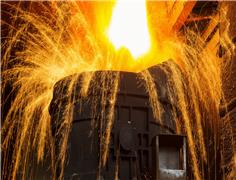
Iron ore futures prices ticked lower on Monday, weighed down by diminishing hopes of more stimulus in top consumer ...
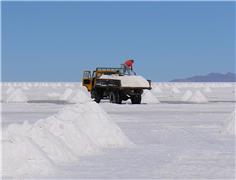
Chile’s state-run miner Codelco plans to select a partner for a future lithium project in one of the country’s top salt ...

Chile’s SQM called another investors meeting at the request of its second-largest shareholder, Tianqi Lithium Corp., ...
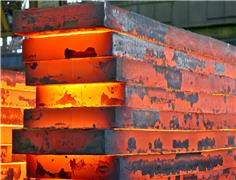
Iron ore futures prices drifted higher on Thursday as the latest soft data from top consumer China triggered renewed ...
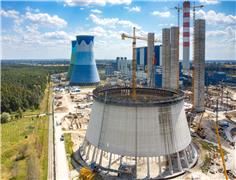
Polish government is abandoning plans to separate coal-fired power plants into a special company and is considering ...
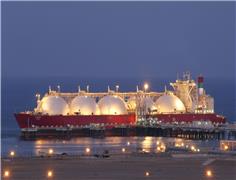
Vitol Group confirmed that it’s starting to rebuild a trading book for metals after a long stint out of the market, with ...
No comments have been posted yet ...